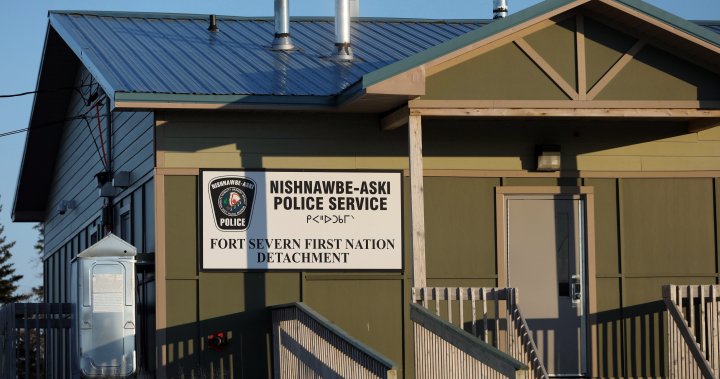A Historic Agreement: Transforming First Nations Policing in Ontario
A landmark agreement between the Ontario government and the Nishnawbe Aski Police Service (NAPS), the largest First Nations policing service in Canada, promises to revolutionize policing in 34 First Nations communities. This "historic" agreement, backed by over $500 million in provincial funding, empowers NAPS to expand its jurisdiction, double its officer complement, and adhere to provincial policing standards. The agreement signifies a significant shift from the previous tri-lateral arrangement involving the federal and provincial governments and the OPP, which often left NAPS under-resourced and reliant on the OPP for specialized services. This new framework recognizes NAPS as the primary policing authority in its jurisdiction, providing a stable foundation for effective and culturally relevant policing.
Empowering NAPS: Expanding Jurisdiction and Resources
Previously, NAPS faced limitations in handling complex crimes, often requiring the assistance of the Ontario Provincial Police (OPP). The new agreement significantly broadens NAPS’s authority, enabling them to investigate homicides, establish specialized units such as K9 units, and address specific issues like drug trafficking. This expanded jurisdiction allows NAPS to directly address the unique needs of their communities without relying on external agencies. The commitment to double the police force to over 500 officers over the next six years further strengthens NAPS’s capacity to provide comprehensive policing services. This substantial increase will require significant recruitment efforts, which are already underway, with a goal of hiring 80 new officers annually. The agreement also secures spots at the Ontario Police College for NAPS recruits, ensuring a steady pipeline of trained officers.
Raising Standards: Aligning with Provincial Norms
A crucial aspect of the agreement is the commitment to bring NAPS under the same standards as other provincial police services. This includes adherence to the Ontario Building Code, a welcome development following concerns about the condition of NAPS facilities, particularly after a tragic fire in 2006. Meeting these standards will enhance the safety and functionality of NAPS infrastructure, ensuring suitable working conditions for officers and promoting public trust. The adoption of provincial standards marks a significant step towards professionalizing NAPS and providing consistent, high-quality policing services.
Addressing Long-Standing Challenges: Funding and Sustainability
While the initial $514 million provincial investment supports the transition over the next three years, the long-term financial implications of this transformative agreement remain under discussion. Doubling the police force, upgrading infrastructure, and training specialized officers will inevitably increase operational costs. While the Ontario government has expressed its commitment to ensuring adequate funding, it also calls on the federal government to recognize NAPS as an essential service and contribute its share. First Nations leaders emphasize that determining the true cost of effective policing in their territories is crucial, as previous funding models fell far short of meeting NAPS’s needs. Negotiations between federal and provincial governments are ongoing to establish a sustainable funding model that ensures the long-term viability of these enhanced policing services.
Positive Reception and Future Outlook
The agreement has been widely praised as a significant step forward for First Nations policing. First Nations leaders and the sole Indigenous member of the provincial legislature welcomed the agreement, recognizing its potential to improve safety and well-being in the communities served by NAPS. The expansion of NAPS’s authority, combined with the commitment to provincial standards, promises more effective and culturally sensitive policing. However, the long-term success of this initiative hinges on securing sustainable funding from both provincial and federal governments. The commitment to recruit and train a significantly larger force, while crucial, also presents logistical challenges, particularly given the remoteness of some communities and the demanding nature of the work.
Collaboration and Shared Responsibility: Securing a Sustainable Future
The successful implementation of this agreement requires ongoing collaboration and a shared commitment from all stakeholders. The provincial government’s initial investment demonstrates a significant commitment, but achieving long-term sustainability necessitates federal participation in funding NAPS as an essential service. The complexity of policing in remote First Nations communities demands a comprehensive approach that addresses not only law enforcement but also the underlying social and economic factors that contribute to crime. This historic agreement represents a vital step toward self-determined policing in First Nations communities, but its ultimate success will depend on ongoing collaboration, adequate resources, and a shared vision for a safer and more equitable future.










